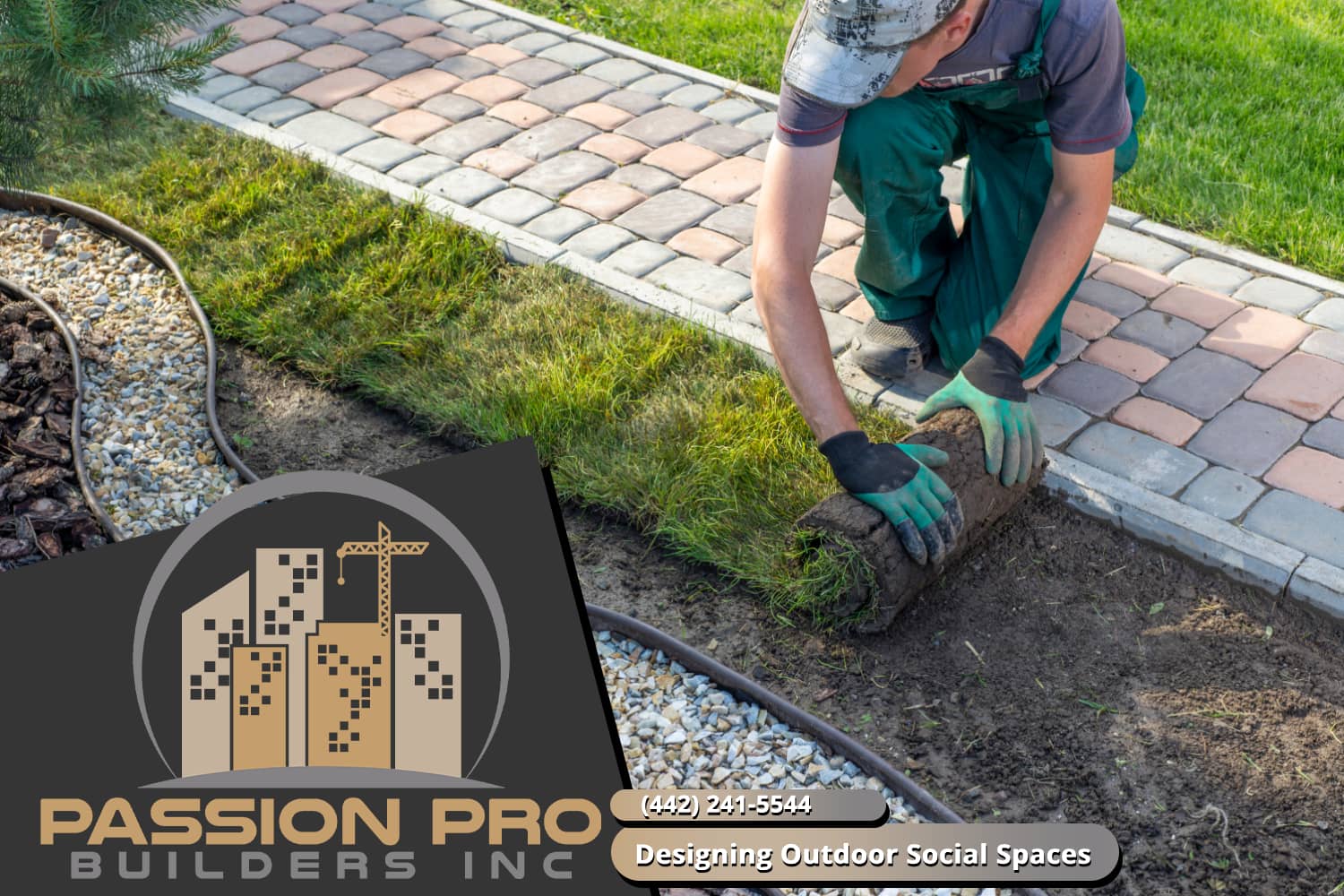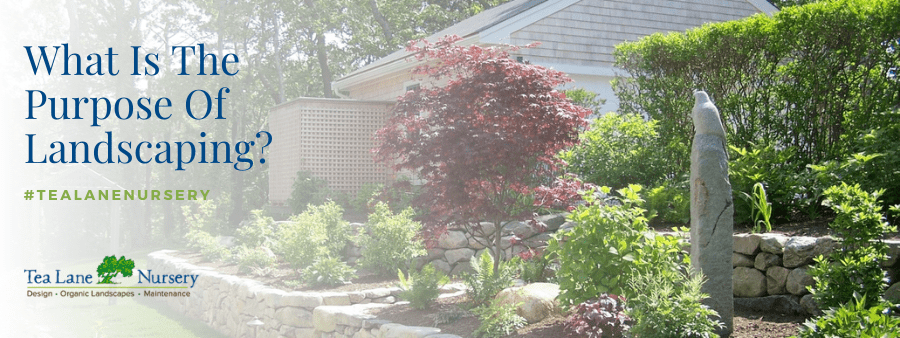The Main Principles Of Hilton Head Landscapes
The Main Principles Of Hilton Head Landscapes
Blog Article
Some Known Facts About Hilton Head Landscapes.
Table of ContentsGet This Report about Hilton Head LandscapesThe 9-Second Trick For Hilton Head Landscapes3 Simple Techniques For Hilton Head LandscapesThe Ultimate Guide To Hilton Head LandscapesUnknown Facts About Hilton Head LandscapesNot known Facts About Hilton Head LandscapesNot known Incorrect Statements About Hilton Head Landscapes
Line creates all types and patterns and can be made use of in a selection of methods in the landscape. Line in the landscape is developed by the edge in between two products, the rundown or shape of a form, or a long straight function. Lines are a powerful tool for the developer because they can be utilized to create an unlimited range of shapes and kinds, and they regulate movement of the eye and the body.

Lines can have several features, such as those defined below, but they normally offer different purposes. Figure 1. Lines in the landscape - bluffton landscaping. The properties of lines establish exactly how individuals respond to the landscape, both mentally and physically. Straight lines are structural and powerful; they develop an official character, are normally connected with a balanced style, and lead the eye straight to a focal factor.
The Main Principles Of Hilton Head Landscapes
Straight lines are usually discovered in hardscape edges and product. Bent lines develop an informal, natural, relaxed personality that is connected more with nature and asymmetrical equilibrium. Bent lines move the eye at a slower pace and add mystery to the space by producing covert views. Vertical lines move the eye up, making a space really feel larger.
Vertical lines in the landscape consist of tall, narrow plant product, such as trees, or tall structures, such as an arbor or a bird residence on a pole. Horizontal lines move the eye along the ground plane and can make a space really feel larger. Reduced lines are a lot more restrained and create a sensation of rest or repose.
Hilton Head Landscapes Things To Know Before You Buy
Reduced lines are produced by low garden walls, walkways, and brief bushes. Lines are made use of to attract kinds on a strategy. In strategy view, they define plant beds and hardscape areas. Lines are also created by the upright kinds of developed functions and plant material. There are three key line kinds that develop type in the landscape: bedlines, hardscape lines, and plant lines.
Bedlines connect plant product to your home and hardscape since the eye complies with the line, moving the gaze via the landscape. Hardscape lines are developed by the edge of the hardscape, which delineates the built framework. Line can also be developed by long and narrow products, such as a fence or wall.
9 Easy Facts About Hilton Head Landscapes Described
Kind is found in both hardscape and plants, and it is usually the leading visual component that spatially organizes the landscape and usually identifies the design of the yard. The form of structures, plant beds, and yard accessories likewise determines the general form theme of the garden. Official, geometric types consist of circles, squares, and polygons.
Plants develop kind in the garden via their outlines or silhouettes, yet kind can additionally be defined by a gap or unfavorable area in between plants - landscapers in bluffton sc (https://www.wattpad.com/user/h1tnhdlndscps). Circles can be complete circles, or they can be divided right into fifty percent circles or circle sections and integrated with lines to produce arcs and tangents
Little Known Questions About Hilton Head Landscapes.
Circles are a strong style kind because the eye is always drawn to the center, which can be used to highlight a focal point or link various other kinds. Round types in hardscape and yard panels.
The square type can additionally be fractional and secondhand repetitively to produce a grid pattern. Unlike circles, squares are more powerful on the brink, which can be aligned or overlapped to produce one-of-a-kind patterns and more complex forms. Polygons are many-sided types with straight sides. Triangulars, for instance, are three-sided polygons.
Twisting lines often imitate the natural course of rivers or streams and can be called smooth lines with deeply curved wavinesses. Meandering lines (Figure 3) function well for pathways, plant bedlines, and completely dry stream beds. Meandering lines can include rate of interest and enigma to a garden by leading visitors around edges to discover new sights and rooms.
How Hilton Head Landscapes can Save You Time, Stress, and Money.

Figure 5. Fragmented sides: tipping rocks in path. Type is one of the most long-lasting quality of a plant (landscapers in bluffton sc). https://slides.com/h1tnhdlndscps. Usual plant types are well established and standard, as form is the most regular and identifiable quality of plants. Type can also be developed through the massing of plants, where the overall mass produces a different form than a specific plant.
A very contrasting kind must be utilized with careone or 2 job well as a prime focus, but also many wreak havoc. Natural plant forms, instead of over-trimmed kinds, should establish the mass of the structure. The significance of total kind is essentially based on the checking out perspectivethe kind of a tree can appear rather various to a person standing under the canopy versus checking out the tree from a distance in an open field.
The Only Guide to Hilton Head Landscapes
Plant kinds likewise create and define the gap or open areas between the plants, creating either convex or concave forms in the voids. High-arching tree branches commonly develop a concave open area under the branches, and a rounded canopy with low branches fills the space to produce a convex form in the open room under the tree.

Report this page